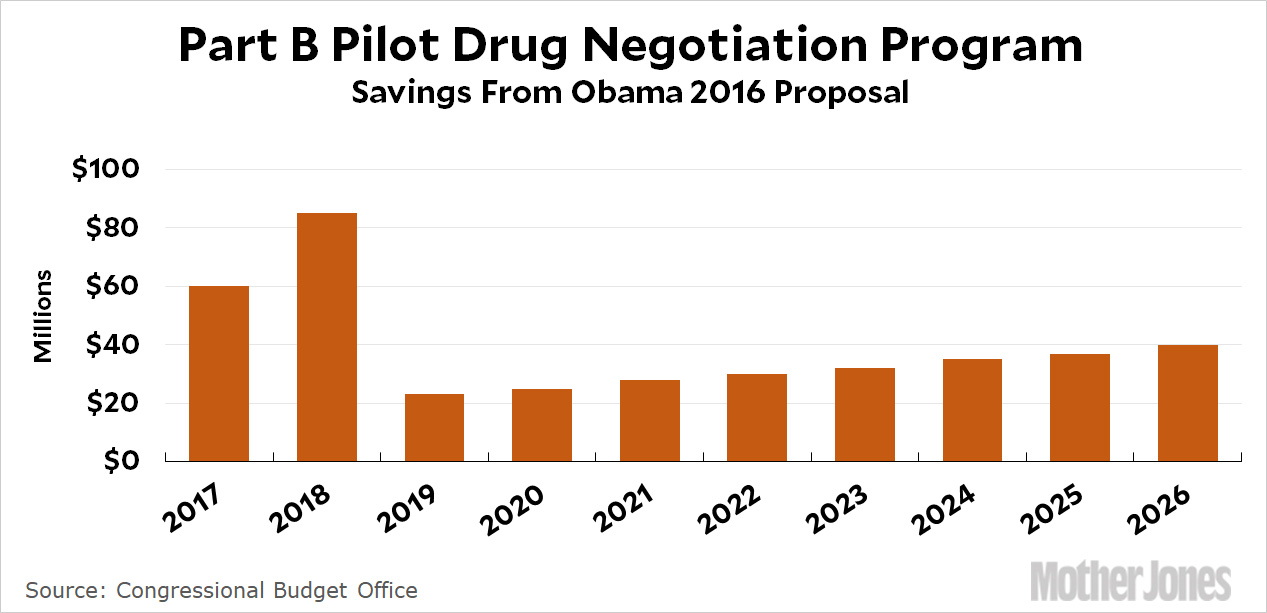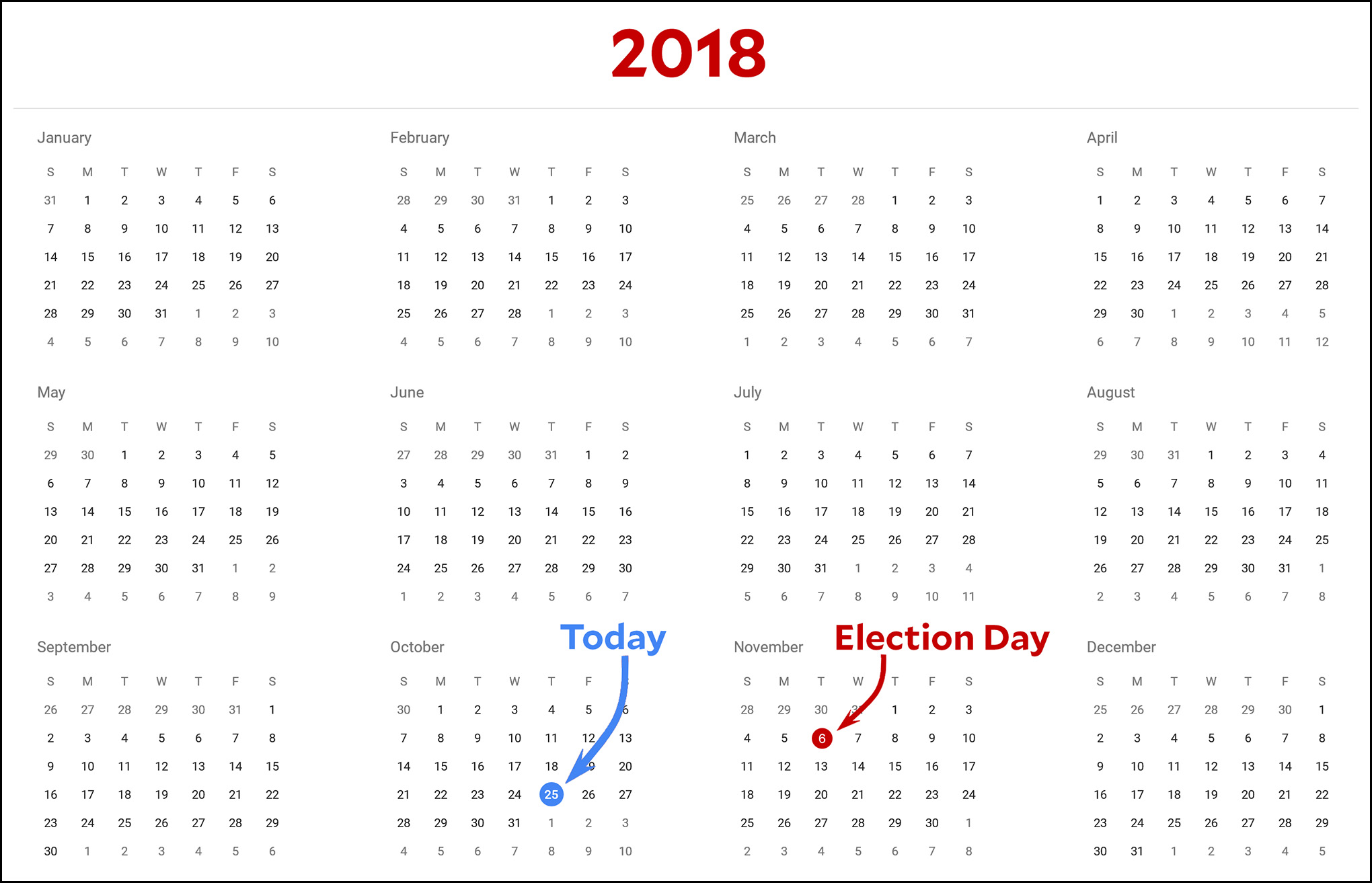You probably heard today that President Trump announced a new program that will slash prescription drug prices for seniors by allowing Medicare to negotiate prices with pharmaceutical companies. “This is a revolutionary change,” Trump exulted. “Nobody’s had the courage to do it, or they just didn’t want to do it.”
But you want details. No problem. Here’s a Q&A between you, an excited senior citizen looking forward to saving money, and me, a grizzled veteran of Trumpistan who enjoys kicking puppies and shattering the dreams of our most vulnerable citizens.
Q: This is great! Right now I pay about $400 in annual premiums and another $1,800 in deductibles and copays for my prescription drugs through Medicare. This could really make a—
A: Hold on, cowboy. Just settle down. Let’s get one thing straight right off: Trump’s announcement has nothing to do with your prescription drug plan.
Q: Wait. What?
A: You’re thinking of Medicare Part D, which was passed in 2003. It covers prescription drugs for seniors, but Republicans specifically prohibited Medicare from negotiating prices on Part D and there’s nothing Trump can do about that. Democrats tried to pass a bill changing this a few years ago, but Republicans filibustered it and it failed.
Q: So Trump is asking them to take another look?
A: Nope. Democrats proposed yet another bill last year that would have allowed Medicare to negotiate drug prices, but Republicans killed it and Trump just shrugged. He was too busy trying to dismantle Obamacare. Nothing is changing there.
Q: Then what is changing?
A: Medicare Part B. This is the ordinary part of Medicare that pays for doctor visits.
Q: Doctor visits?
A: Yep. You see, sometimes doctors directly dispense infused or injected drugs to patients. Trump’s announcement was about a pilot plan to reduce the prices of those drugs to make them closer to what European countries pay.
Q: And this is brand new? Nobody’s had the courage to do it before?
A: Don’t be silly. That’s just Trumpspeak. President Obama proposed a Part B pilot program a couple of years ago that was very similar to this one, though somewhat more limited. Republicans killed it anyway, but the basic skeleton has been around for a while.
Q: So this is a plan that’s been around for a long time. All Trump had to do was get it down on paper to his liking and put his signature to it?
A: Pretty much. And it covers a tiny fraction of all drugs.
Q: Fine. I get it. It’s not much. But it’s something. How much can I look forward to saving?
A: I’m not sure you want to hear this.
Q: I’m not a baby. Tell me.
A: OK. Remember Obama’s Part B proposal? Republicans killed it, of course, but the Congressional Budget Office took a whack at estimating how much it would save. The answer was about $40 million per year.
Q: You mean $40 billion, don’t you?
A: No. Here’s a chart that repeats the “M” just to make sure everyone gets it:

Q: Is that a lot of money?
A: No. CBO estimated that Obama’s program would save $23 million in 2019 and Trump’s program is similar. Give or take a bit, total Medicare spending on pharmaceuticals will be about $130 billion next year. So the total savings will be about—
Q: Oh fuck.
A: Well, hold on. HHS claims that Trump’s program would save Medicare $3.4 billion over five years—about half a billion dollars in 2019. You just have to decide if you believe them. In any case, this means total government spending on prescription drugs might be reduced as little as 0.018 percent—roughly a hundredth of a cent per dollar—or as much as 0.4 percent—a little less than half a penny per dollar. For reasons I’ll get to in a minute, I’d guess the real answer is higher than it was for the Obama program, which was fairly limited, but less than the HHS estimate for Trump’s program. Call it savings of 0.2 percent, which is roughly a quarter of a penny per dollar. [UPDATE: I’ve revised the numbers in this paragraph a couple of times as I’ve gotten a better handle on the Trump proposal.]
Q: So the whole thing is a waste of time?
A: No, that wouldn’t be fair either. It’s a pilot program, and pilot programs are always kind of small. What’s more, there’s been surprisingly little research about whether this kind of program would work. It’s not a bad idea to test it out.
Q: Wait. We don’t know if it will work? Why wouldn’t it work?
A: Well, it’s one thing to say we’re going to negotiate prices. But as the dealmaker-in-chief himself knows, you can only negotiate successfully if you have leverage. In the case of prescription drugs, this means that Medicare has to have the authority to remove a drug from its formulary and refuse to cover it at all if the drug companies don’t play ball. But they don’t have this authority. They’re required to cover nearly all drugs. What’s more, there are some drugs where there are no alternatives anyway. So it’s possible that the drug companies could just tell Medicare to pound sand: either pay our price or take a hike. If they do that, Medicare would be required by law to pay their price.
Q: Um….
A: That puzzled look on your face says you think you’re missing something. You aren’t. Medicare has to cover everything and Trump’s program doesn’t allow Medicare to walk away if they don’t get a lower price. Drug companies have no reason to accept lower prices unless they want to play along for PR reasons.
Q: And even if they do, the aggregate savings will be something like a quarter of a penny per dollar.
A: You’re getting it! The savings might be more than that for some treatments, especially expensive cancer regimens, but overall, yeah: a quarter of a cent per dollar is a decent guess.
Q: This sounds pretty complicated and unlikely to produce much. Isn’t there an easier way?
A: Oh sure. Of course. The Veterans Administration has a simple list of how much they’re willing to pay for pharmaceuticals. It runs about half the Medicare rate, and drug companies either pay the listed price or they lose out on the entire VA market. With the approval of Congress, Medicare could adopt the VA list and immediately cut its spending on prescription drugs in half.
Q: So we’re doing something almost entirely symbolic instead of something that’s simple and super effective. Why? I don’t get it.
A: Please. You know why. But just in case, here are two illustrations to make it extra clear:















